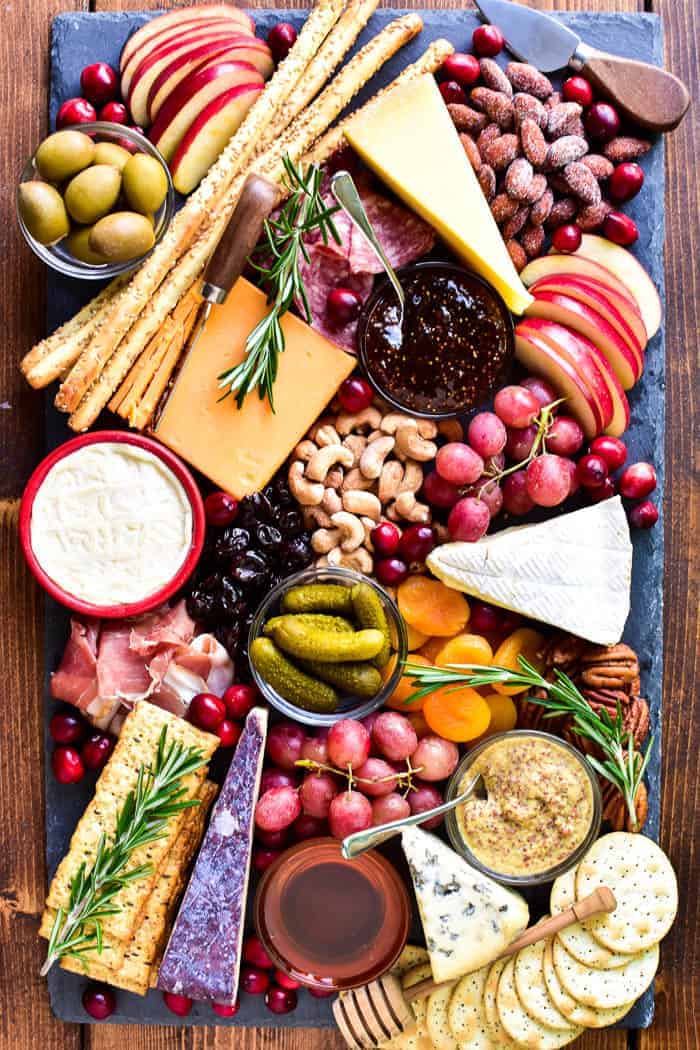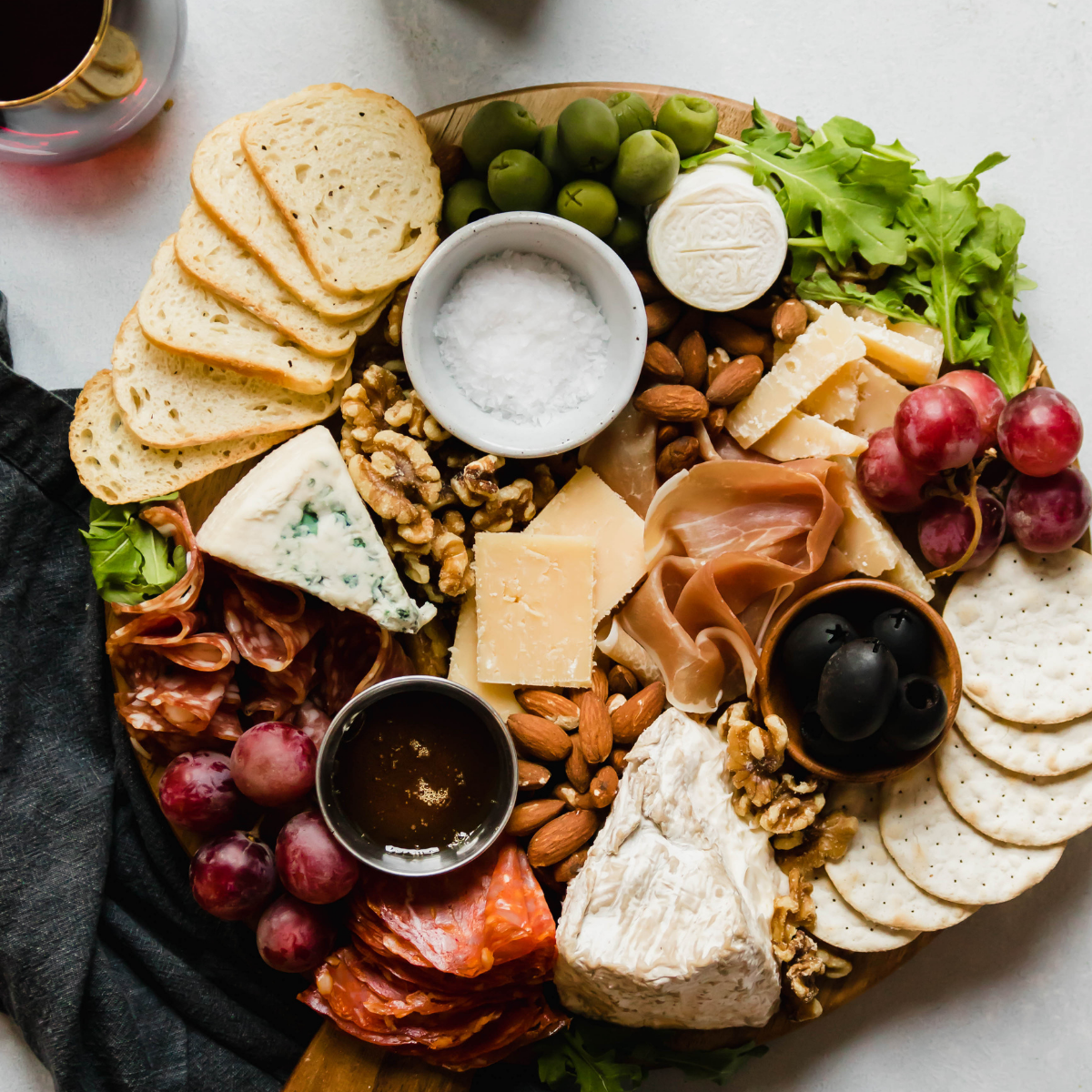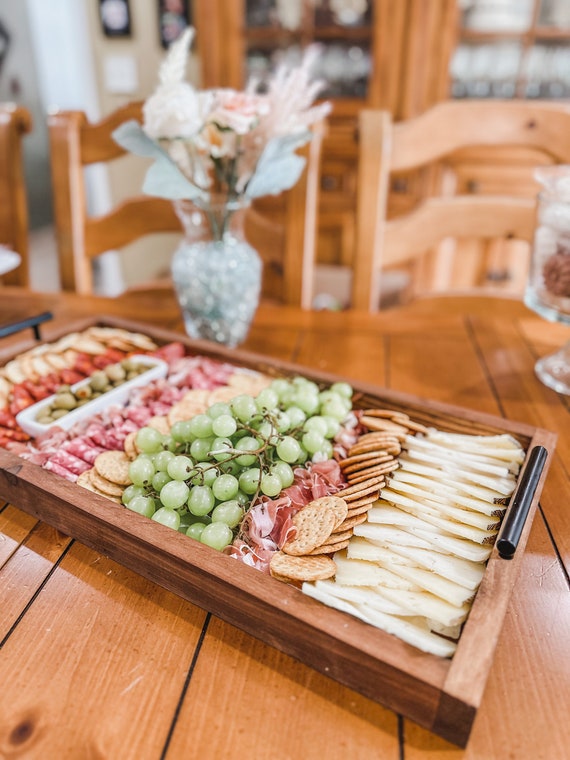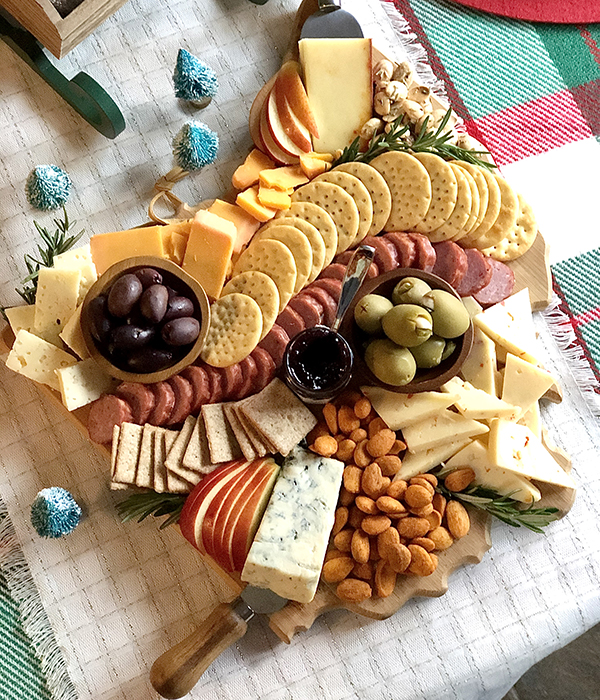Have you ever walked into a gathering and marveled at a beautifully arranged cheese board? It looks so inviting and delicious that it draws you in without hesitation. As someone who loves hosting friends and family, I can attest to the joy a decorative cheese board brings to any occasion. In this comprehensive guide, we’ll explore everything you need to know about decorative cheese boards, from essential ingredients to creative presentation tips.
What is a Decorative Cheese Board?
A decorative cheese board, often referred to as a charcuterie board, is an artistic arrangement of cheeses, accompaniments, and garnishes on a flat surface, typically a wooden or slate board. These boards are not only visually appealing but also a practical way to serve a variety of flavors and textures in a single setting.
The Purpose of Decorative Cheese Boards
Decorative cheese boards serve multiple purposes:
- Visual Appeal: They enhance the aesthetic of any gathering.
- Interactive Eating: Guests can graze and personalize their own plates.
- Variety: They allow for a wide range of flavors and pairings.
Essential Components of a Decorative Cheese Board
Creating a stunning cheese board involves curating an array of ingredients. Here’s what you need to consider:
Cheeses
Select a variety of cheeses to create a balanced board. Here are some types to consider:
| Cheese Type | Flavor Profile | Texture | Recommended Pairings |
|---|---|---|---|
| Brie | Creamy, mild | Soft | Fruit, crackers |
| Cheddar | Sharp, tangy | Firm | Nuts, fruits |
| Blue Cheese | Pungent, salty | Crumbly | Honey, bread |
| Pecorino Romano | Salty, nutty | Hard | Olives, meats |
Accompaniments
Complement your cheeses with a variety of accompaniments:
- Meats: Prosciutto, salami, and chorizo add savory notes.
- Fruits: Fresh fruits like grapes and figs or dried fruits like apricots offer sweetness.
- Nuts: Almonds, walnuts, and pecans provide crunch.
- Condiments: Honey, mustard, or jams elevate flavors.

Garnishes and Presentation
Creating visual interest adds an artistic touch:
- Herbs: Fresh herbs like rosemary or thyme can add color.
- Edible Flowers: They introduce elegance and whimsy.
- Board Choice: Wooden boards, slate, or marble can impact the overall look.
Step-by-Step Guide to Creating Your Decorative Cheese Board
Now that you know the components let’s dive into how to assemble your decorative cheese board:

1. Choose Your Board
Select a board that fits the size of your gathering. A larger board allows for more creativity and variety.
2. Arrange the Cheeses
Start by placing the cheeses on the board. Vary the shapes— wedges, cubes, and slices can create a visually appealing layout.

3. Add Meats
Fold or roll the meats and place them around the cheese, filling in the gaps.
4. Fill with accompaniments
Scatter fruits, nuts, and condiments strategically to balance colors and textures.

5. Garnish
Finish with fresh herbs or edible flowers for a touch of elegance.
Tips for Perfecting Your Cheese Board
Here are some personal tips I’ve learned over the years while creating decorative cheese boards:

Mix Textures and Flavors
Don’t be afraid to mix creamy, hard, crumbly, and soft cheeses along with sweet and savory accompaniments.
Seasonal Themes
Integrate seasonal fruits and ingredients to keep your boards fresh and relevant throughout the year.

Personal Touches
Incorporate personal favorites or local products to make the board special, creating a conversation piece among guests.
Pros and Cons of Decorative Cheese Boards
Like any trend, decorative cheese boards have their advantages and disadvantages:
Pros
- Visually stunning centerpiece for gatherings.
- Encourages mingling and interaction among guests.
- Highly customizable based on dietary preferences.
Cons
- Can be time-consuming to assemble.
- Requires a variety of ingredients, which can be costly.
- Leftovers may not keep as well, depending on ingredients used.
FAQs About Decorative Cheese Boards
What is the best cheese for a cheese board?
The best cheese for a cheese board varies based on personal preference, but a mix of soft, hard, and blue cheeses provides great variety. Popular choices include Brie, Cheddar, Gouda, and Blue Cheese.
How many cheeses should I include on a cheese board?
A good rule of thumb is to have 2-4 types of cheese for small gatherings (about 4-6 people) and 5-7 types for larger groups.
Can I make a vegan cheese board?
Absolutely! There are plenty of delicious plant-based cheeses available, alongside fruits, vegetables, dips, and nuts that can create a stunning vegan cheese board.
How do I keep the cheese fresh?
Keep cheese boards refrigerated if not being served immediately. Use wax paper to wrap the cheese to maintain freshness.
What drinks pair well with a cheese board?
Wines, craft beers, sparkling water, and even non-alcoholic options like kombucha can pair beautifully with a cheese board.
Conclusion
Creating a decorative cheese board is an art form that brings people together, showcasing culinary creativity and offering a delightful tasting experience. By selecting the right ingredients and presenting them thoughtfully, you can impress your guests at any occasion. So, gather your favorite cheeses, fruits, and accompaniments, and get ready to craft your next stunning cheese board. Happy entertaining!